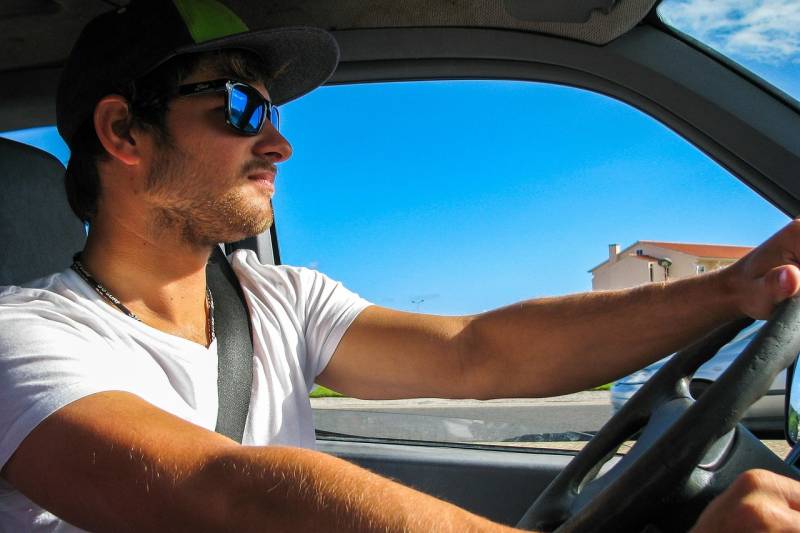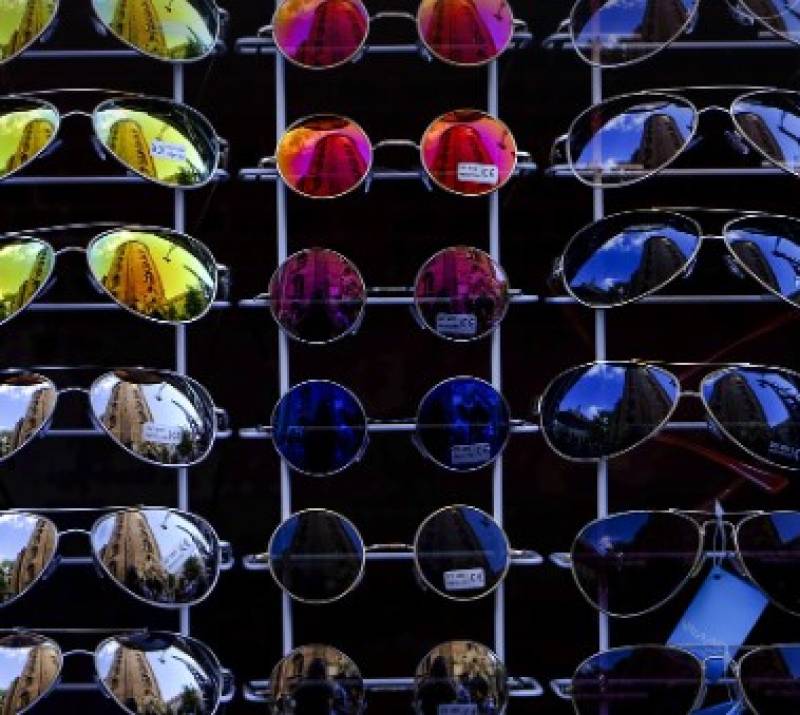

Guidelines for submitting articles to San Javier Today
Hello, and thank you for choosing sanjavier.today to publicise your organisation’s info or event.
San Javier Today is a website set up by Murcia Today specifically for residents of the urbanisation in Southwest Murcia, providing news and information on what’s happening in the local area, which is the largest English-speaking expat area in the Region of Murcia.
When submitting text to be included on San Javier Today, please abide by the following guidelines so we can upload your article as swiftly as possible:
Send an email to editor@spaintodayonline.com or contact@murciatoday.com
Attach the information in a Word Document or Google Doc
Include all relevant points, including:
Who is the organisation running the event?
Where is it happening?
When?
How much does it cost?
Is it necessary to book beforehand, or can people just show up on the day?
…but try not to exceed 300 words
Also attach a photo to illustrate your article, no more than 100kb

Wearing the wrong sunglasses in Spain could land you a €200 fine
Drivers warned as certain lenses are now banned behind the wheel during daylight and night-time hours
 As summer sets in across Spain, many of us are reaching for our sunglasses before heading out for a drive. With the strong Mediterranean sun beating down, a good pair of shades can feel like an essential part of your driving kit. In fact, Spain’s traffic authority, the DGT, actively recommends keeping a pair in the car.
As summer sets in across Spain, many of us are reaching for our sunglasses before heading out for a drive. With the strong Mediterranean sun beating down, a good pair of shades can feel like an essential part of your driving kit. In fact, Spain’s traffic authority, the DGT, actively recommends keeping a pair in the car.So, which sunglasses are allowed?
Photochromic and polarised lenses: what’s the difference?
Driving at night or in tunnels? Take them off
Looking after your eyes matters
 In short, sunglasses can protect your eyes and make driving safer… but only if they meet the right standards. Choose wisely, check the label, and avoid unnecessary fines or accidents during your summer travels.
In short, sunglasses can protect your eyes and make driving safer… but only if they meet the right standards. Choose wisely, check the label, and avoid unnecessary fines or accidents during your summer travels.








